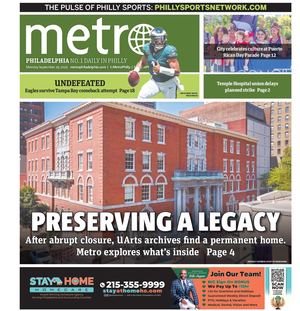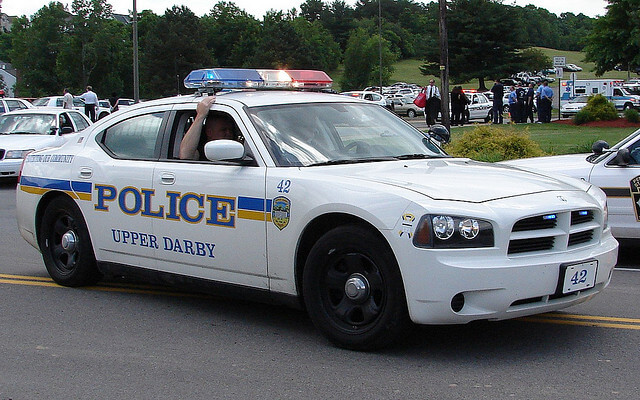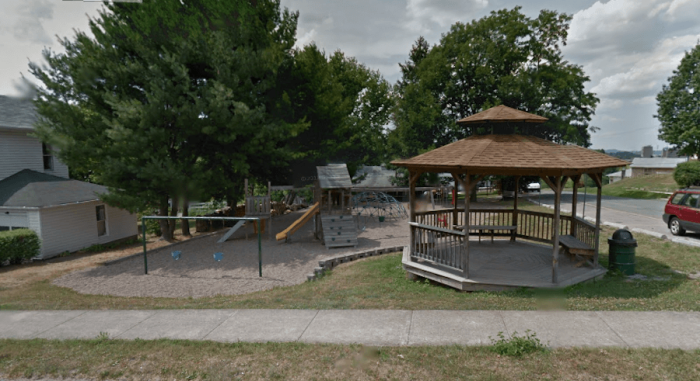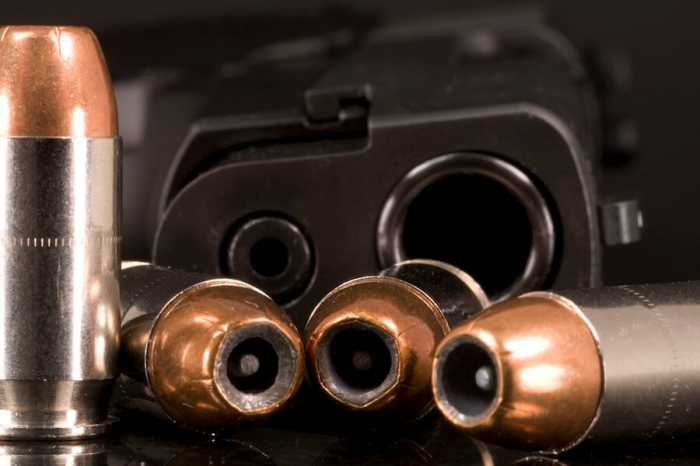A growing number of Black and Hispanic Philadelphians died of accidental overdoses in 2022, amid a record high number of drug-related fatalities, according to a new health department report.
Last year, the city experienced 1,413 unintentional fatal overdoses, an 11% increase compared to 2021, previously the most deadly years of the opioid epidemic in Philadelphia.
Deaths among Black residents rose 87% between 2018 and 2022, and the Hispanic population saw a 43% increase over the same five-year period, said the report, published this week by the city’s Department of Public Health.
More Black men died of overdoses in 2022 than any other demographic group, according to the data.
Officials blamed the increase in fatalities among people of color with the introduction of opioids into the drugs of people mainly using stimulants, such as cocaine.
“Every one of these more than 1,400 deaths is a tragedy,” Health Commissioner Cheryl Bettigole said in a statement. “The fact that this crisis is spreading across the city and moving into Black and Hispanic neighborhoods like never before is heartbreaking.”
While fentanyl continues to be pervasive in the city’s drug supply, a majority of the fatalities (55%) last year involved a mixture of opioids and a stimulant, most often cocaine.
Xylazine, also known as “tranq,” an animal sedative that can cause painful wounds, was detected in about a third of fatal overdoses in Philadelphia.
“It is no longer accurate to call this an opioid epidemic; it is an overdose epidemic driven by an increasingly contaminated drug supply,” Mayor Jim Kenney said in a statement.
The data showed that 193 drug-related fatalities occurred in the 19134 zip code, the most of any area in the city by a wide margin. 19134 includes Kensington, Harrowgate and Port Richmond.
Sections of North and West Philadelphia, as well as Juniata and Frankford, also registered high numbers of deadly overdoses.
The annual overdose report was released days after City Council voted to override Kenney’s veto of legislation imposing zoning restrictions on supervised injection sites in nine of the city’s 10 council districts.
No such sites, also known as overdose prevention centers, are operating in Philadelphia, but Safehouse, a nonprofit, has been battling in federal court to gain approval to open a location.
Proponents point to data elsewhere, including New York, indicating that injection sites save lives by allowing trained staff to administer naloxone and provide resources to drug users. Lawmakers, meanwhile, have said the bill allows for input from neighbors and the wider community.




























